Total Immersion Swimming Freestyle, Breathing, 4 Strokes Made Easy
3xAVI | Duration : ~3 hours | 1.40 GB
Audio: mp3, 48000 Hz, 2 channels, s16, 128 kb/s Video: mpeg4, yuv420p, 720×480, 30.00 fps(r)
Genre : Sports
Total Immersion (TI) is a method of swimming instruction, developed by Terry Laughlin, an American swimming coach. Its primary focus is to teach swimmers to move through the water efficiently. By conserving energy and focusing on balance and streamlining in the water, any energy used for propulsion becomes much more effective. Basic principles of teaching include sustainability of effort, drag reduction, vessel shaping and full body swimming.
Principles
Total Immersion is distinct as a swimming method due to the combination of principles including the body’s physical movement through the water, teaching methods focused on how the brain acquires new information about motor skills, and an approach to the practice of movement which many find similar to the practice of yoga or Tai Chi.
Balance
Total Immersion focuses on a handful of core principles that apply to any body moving through a fluid medium whether it be a boat, a submarine, an aquatic mammal or a fish. It emphasizes greater efficiency and lowered resistance by teaching drills and focal points that keep the swimmer’s hips near the surface, reducing the drag profile of the body. Balance in the water refers to having hips, shoulders, and head all level with the surface of the water. The body acts like a see–saw with the lungs as the fulcrum. Because the legs typically weigh more than the head and upper body, swimmers must focus on getting weight forward of the lungs in order to bring the hips to the surface. Adjusting head position, usually by lowering it, and having the arms in front of the lungs by almost overlapping the timing of the stroke helps to balance the body in the same way a see–saw balances by adding weight to one side. This stroke timing is frequently called “front quadrant swimming”.
Streamlining
After learning how to balance in the water, the next main focus in total immersion is streamlining the body. Streamlining is another element of drag reduction that allows the swimmer to be more efficient. Static streamlining refers to positions such as “skating” in which one arm is extended forward creating a leading point and a tapered body following the arm, much like a torpedo or bullet is shaped. Active streamlining refers to maintaining the streamlined body position while the body rotates from right-side streamline to left-side streamline. Several drills in the method allow the swimmer to practice shifting from streamline to streamline until these movements feel natural. An additional benefit of the streamlined body position is to help maintain a long bodyline in the water, which may help to reduce wave drag and allow the swimmer to slip forward through the water more easily.
Propulsion
Propulsion allows the swimmer to move forward through the water by overcoming drag. Total Immersion teaches propulsive methods after balance and streamlining. A swimmer’s forward speed is the difference between the force produced in propelling actions and the force generated by drag. Movements and body positions that minimize drag require coordination and practice but very little strength and thus improve efficiency. Creating propulsive force requires the use of muscular strength, which uses far more energy.
Rather than dividing the propulsive techniques into a front half that “pulls” the body forward and a back half that “pushes” via kicking, Total Immersion drills & swimming always emphasize full body integration, dividing the body into a streamlined left side alternating with a streamlined right side. Rather than increasing the power of the swimmer’s leg kick or arm pull, Total Immersion emphasizes coordinated spearing movements with a well-timed two-beat kick.
Rip info
Here are three much smaller DivX rips of the Total Immersion swimming model. The 3 files cover all that you need including the strokes, how to breathe and how to achieve what you wish in the water.



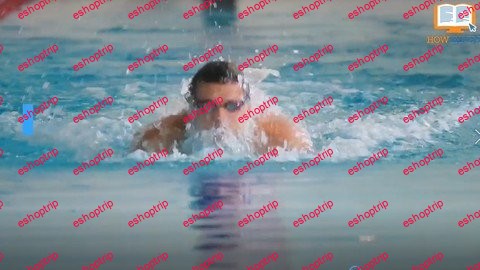

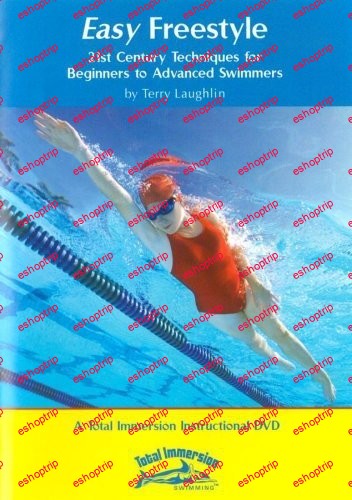
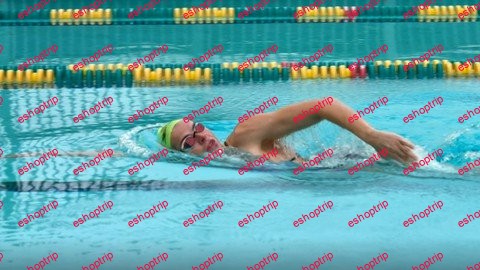

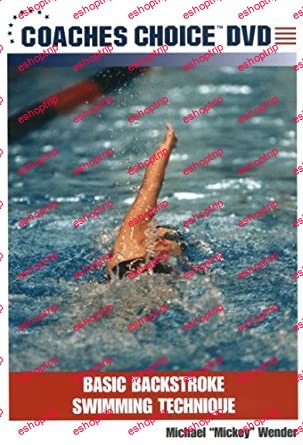

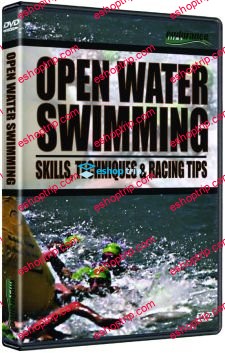
Reviews
There are no reviews yet.